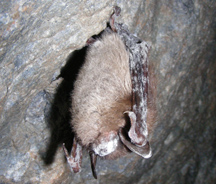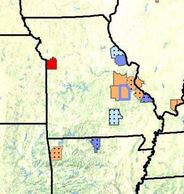 Sorry for the double dose of white nose syndrome (WNS) news, but I didn’t want this to get lost in yesterday’s post on the the new WNS protocol, even though it was included in the same Wildlife Health Bulletin. Here’s the announcement:
Sorry for the double dose of white nose syndrome (WNS) news, but I didn’t want this to get lost in yesterday’s post on the the new WNS protocol, even though it was included in the same Wildlife Health Bulletin. Here’s the announcement:
In December, WNS was confirmed in a tri-colored bat (Perimyotis subflavus) from Jackson County, Missouri, which borders Kansas. This detection represents the western-most location of WNS in North America and is also the first detection of WNS during winter 2013/2014. The nearest confirmed cases of WNS from the previous winter are located in east-central Missouri.
I couldn’t find anything on this case in a newspaper or a general interest publication.
Again, the Wildlife Health Bulletin (PDF)
Map: This year’s first WNS report in red. Map by Cal Butchkoski, PA Game Commission, used courtesy USFWS

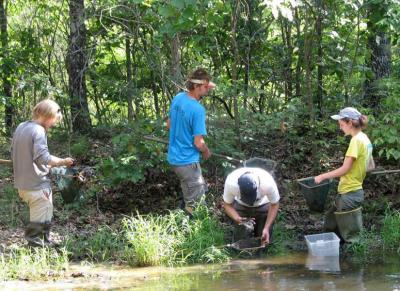 About a third of the ponds in a Missouri study harbored chytrid fungus. A
About a third of the ponds in a Missouri study harbored chytrid fungus. A 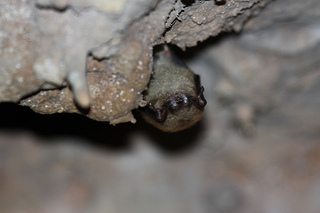
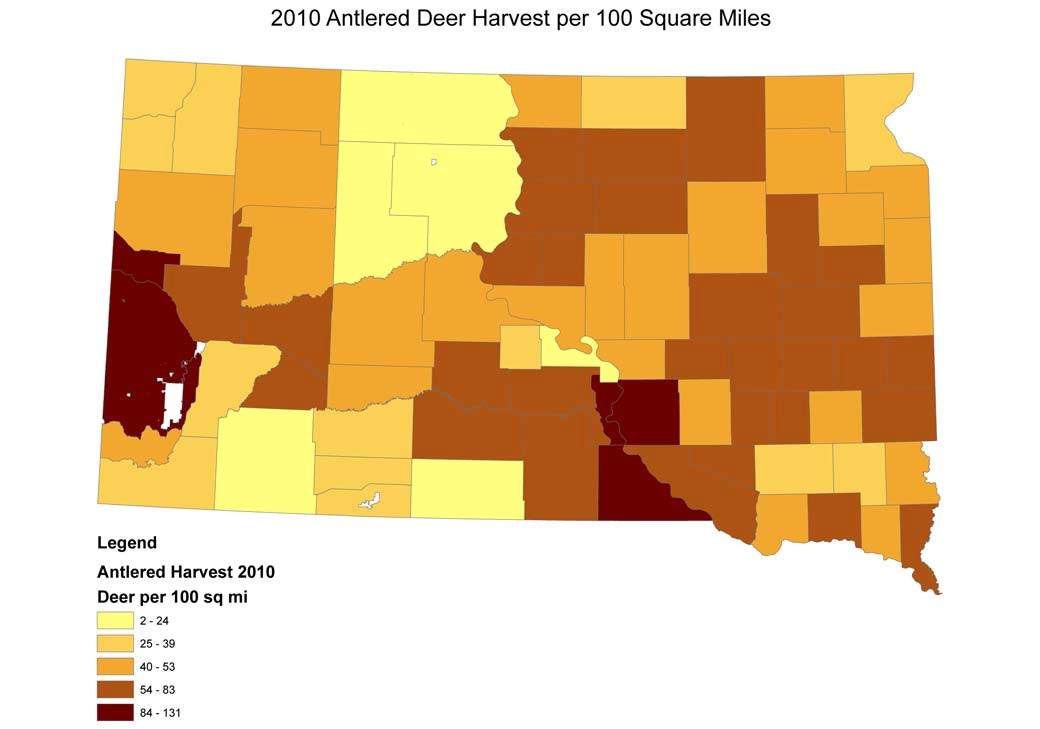
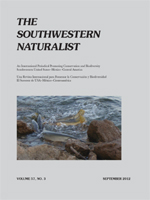
 Things have been dry in the Midwest this year. So far the biggest impact seems to be fish kills in bodies of water that are drying out. However, according to an Associated Press article that ran in the
Things have been dry in the Midwest this year. So far the biggest impact seems to be fish kills in bodies of water that are drying out. However, according to an Associated Press article that ran in the  A
A  Greater prairie chickens are booming again this spring in Wah-Kon-Tah Prairie, Missouri. The species had been extirpated from the area until five years ago when the Missouri Department of Conservation translocated some greater prairie chickens from Kansas.
Greater prairie chickens are booming again this spring in Wah-Kon-Tah Prairie, Missouri. The species had been extirpated from the area until five years ago when the Missouri Department of Conservation translocated some greater prairie chickens from Kansas.